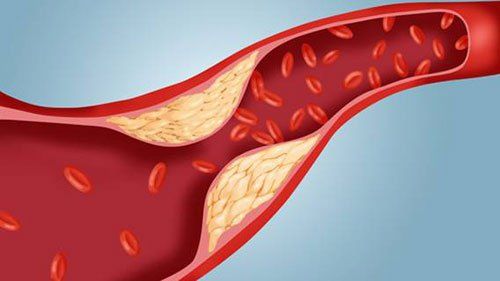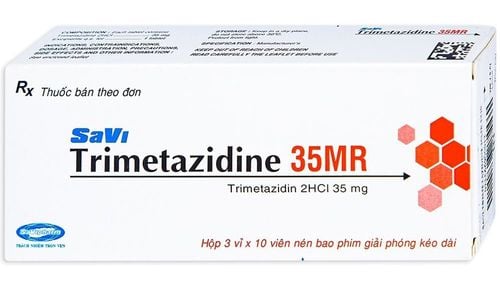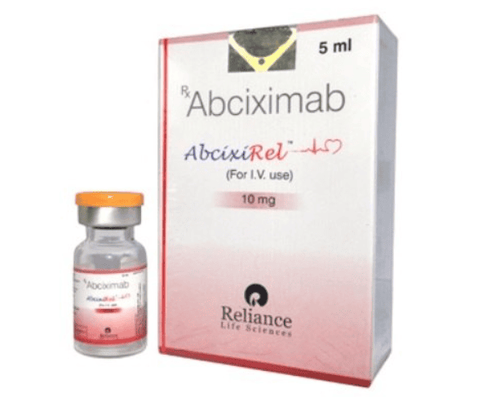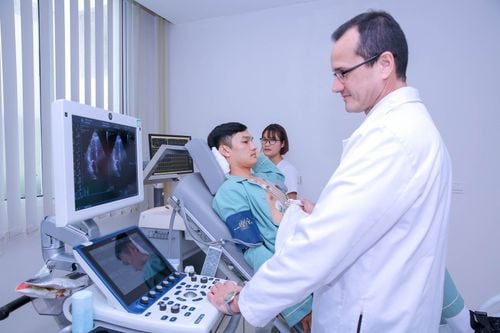This is an automatically translated article.
The article is professionally consulted by Master, Doctor Nguyen Tung Hoanh - Interventional Cardiologist - Department of Resuscitation - Emergency - Vinmec Nha Trang International General Hospital.Unstable angina and myocardial infarction are dangerous cardiovascular diseases that need to be detected and treated promptly, otherwise it will cause complications that affect the patient's life.
1. Learn about unstable angina
1.1 What is unstable angina? Unstable angina is a condition in which a person experiences random or previously undiagnosed chest pain that is partially blocked by an artery that supplies blood to the heart.In contrast to stable angina, unstable angina usually occurs even when the patient is at rest, the pain is usually more prolonged and is not relieved by medication, nor is it associated with any obvious triggers such as physical exertion or emotional stress.
To diagnose unstable angina, it should be done in the emergency room and have a combination of the patient's symptoms, possibly conducting tests such as electrocardiogram (ECG) and heart enzymes (checks). blood test).
The treatment of angina requires the patient to take medication to relieve the chest pain and associated ischemia. In some special cases, the patient can be treated with angioplasty with a stent (where the blocked artery opens).
1.1 Causes of unstable angina Unstable angina is a disease caused by the rupture of a coronary atherosclerotic plaque. When the plaque ruptures and a blood clot almost always binds to it, it creates a partial blockage of the artery, creating angina that comes and goes in an unpredictable way.
Where blood clots cause a complete blockage of the artery, the heart muscle supplied by the artery will be affected and there is a high risk of irreversible damage, the patient will face the risk of a heart attack. complete myocardial blood flow is very high.
1.2 Manifestations of unstable angina
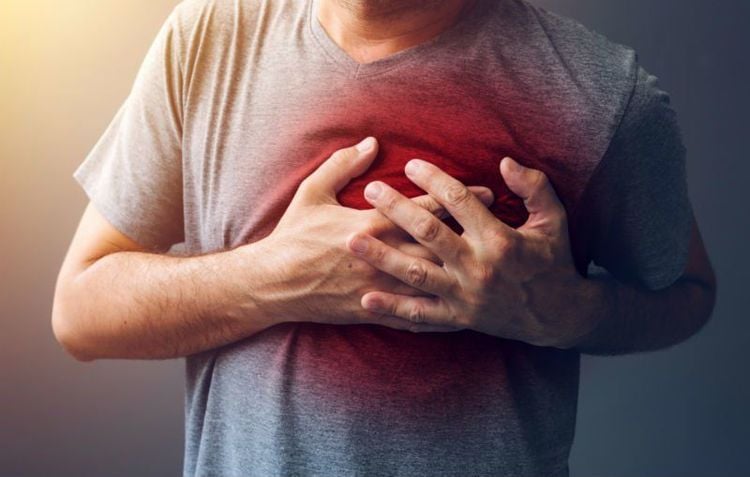
Người bệnh nếu trải qua cơn đau thắt ngực không ổn định thường xuyên hoặc mức độ đau tăng dần
Left-sided heart throbbing, pain that may radiate to the left arm or behind the breastbone, sometimes to the neck or jaw; Feeling of abdominal distension, indigestion, nausea, palpitations; Shortness of breath, cold sweats, dizziness; Usually persistent and more severe, usually occurring in the middle of the night and in the morning. If the patient experiences unstable angina that is frequent or increases in severity, measures such as rest or medication do not help to relieve the condition, it is necessary to go to the hospital for emergency treatment. even when the pain is not related to the myocardial infarction.
2. Learn about myocardial infarction
2.1 What is a myocardial infarction? Myocardial infarction, also known as acute heart attack, is a condition that can be life-threatening if not treated promptly. Myocardial infarction occurs when the blood supply to the heart is suddenly cut off, or many coronary arteries are blocked due to the formation of a blood clot when the plaque composed of fatty deposits is sloughed off.Heart attack can happen at any time and can happen to anyone. The earliest warning sign of a heart attack is recurrent chest pain that worsens with exertion and improves with rest.
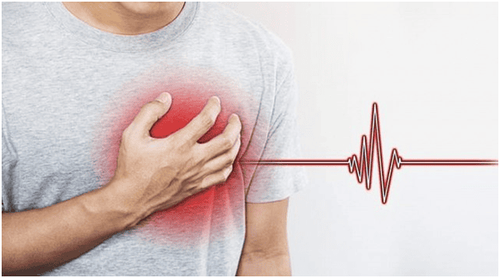
Bệnh nhồi máu cơ tim hay còn gọi là cơn đau tim cấp, là tình trạng có thể gây nguy hiểm đến tính mạng của người bệnh nếu như không được cấp cứu kịp thời
In some cases of myocardial infarction, the patient has a heart attack with silent symptoms or some specific signs such as:
Shortness of breath; Cold sweat, feeling of dying; Nausea or vomiting; Thrill, palpitations. 2.3 Causes of myocardial infarction According to statistics, about 90% of patients with myocardial infarction have coronary atherosclerosis, which occurs when one or more blood vessels supplying the heart are blocked. This condition lasts for a long time, causing the coronary artery to narrow gradually and once the plaque is broken, a blood clot will be formed on that plaque, when the clot is large enough to block the coronary artery. will cause a heart attack. Some factors that lead to coronary artery blockage can be:
Bad cholesterol; Saturated fat ; Trans fats.
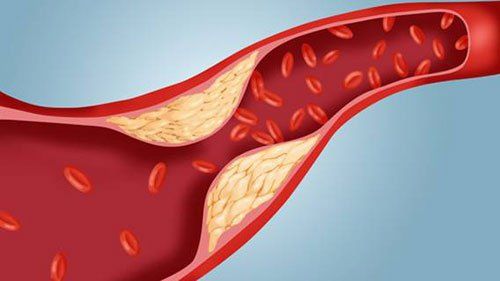
90% người bệnh bị nhồi máu cơ tim do bị xơ vữa động mạch vành
3. Unstable angina is more dangerous than a heart attack
Unstable angina is more dangerous than myocardial infarction, it not only causes acute myocardial infarction but also can cause death if not treated promptly. Even with treatment, there is a possibility of sequelae, the patient may face the risk of arrhythmia or acute heart failure, more dangerous than death from sudden cardiac arrest due to a heart attack. Atrial fibrillation can happen at any time.Patients with cardiovascular diseases such as unstable angina or myocardial infarction can go to Vinmec International General Hospital for examination and treatment. Vinmec has a team of Cardiology specialists with rich expertise and experience in the examination and treatment of diseases related to the circulatory system, capable of synchronously and effectively deploying diagnostic and therapeutic methods. the most advanced, with the support of a system of modern technical equipment according to international standards.
Ths.BS. Nguyen Tung Hoanh has experience and strength in Cardiovascular Resuscitation - Emergency: Hypertension, Peripheral Vascular Diseases, acute and chronic coronary artery diseases, ..in addition, the doctor also treats other diseases. Comorbidities such as: Diabetes, Hyperthyroidism, Hypothyroidism, Kidney diseases, respiratory diseases,.. Currently, Dr. Hoanh is an interventional cardiologist at the Department of Resuscitation - Emergency - Vinmec Nha Trang International General Hospital.
Please dial HOTLINE for more information or register for an appointment HERE. Download MyVinmec app to make appointments faster and to manage your bookings easily.





